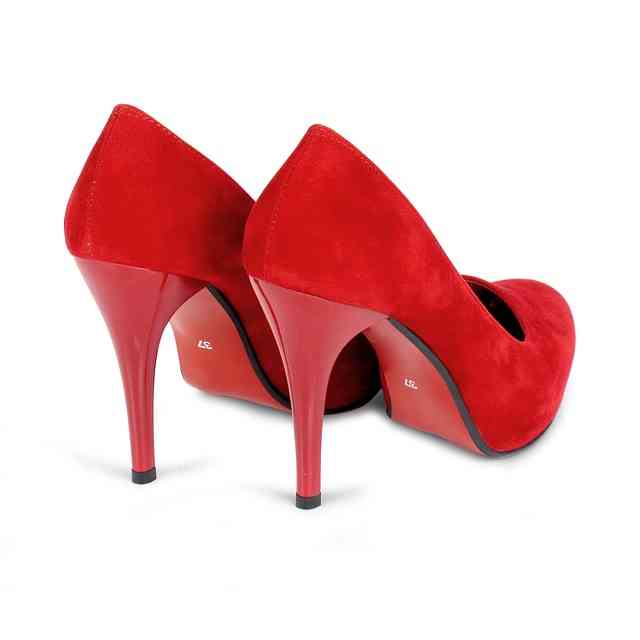The photos are what caught my eye in a Wall Street Journal article entitled “More Brands Want You to Model Their Clothes,” by Christina Binkley (article and photos here).
First, there is the photo of two adorable Boxers wearing elaborate turquoise beaded necklaces from #Dannijo. Our office dog here at The Galvanizing Group is none other than the famous Bella The Boxer.
The second is a photo of a pair of stylish, metal-and-leather Coach sandals tagged as #CoachFromAbove.
Dogs and shoes aside, what’s with the #hashtags?
Dannijo and Coach are just a few of the retail fashion brands trolling the web in search of photos that have been uploaded by “real” people wearing their products.
Fashion brands are not alone in embracing real people over professional models. In television commercials, car companies have replaced glamorous drivers with “regular folks” standing in their driveways extolling the features of their automobiles to the neighbors.
Yet fashion in particular is an industry that benefits from the efforts of digital do-it-yourselfers. Among younger consumers, sharing photographs fills a need for connection. It’s a way to fit in. There is also an extraordinary willingness to share with strangers. Brand managers are surprised at how much consumers share—and the speed at which they upload photos of themselves to share with others.
The WSJ article quotes Jose de Cabo, co-founder of a software company that helps retailers search for photos online. According to de Cabo, people who click on photographs of real people are twice as likely to make a purchase than people who click on a model’s photograph. That is noteworthy.
“People trust complete strangers more than they trust brands,” says de Cabo.
Indeed, word of mouth gives companies an unprecedented opportunity to listen to what people are saying (and posting) and to respond in a way that harnesses the power of community. Coach created #CoachFromAbove to get people more involved with the brand by sharing cell phone shots of their shoes. Lululemon created #TheSweatLife to encourage people to upload photos of themselves in the brand’s workout gear. The 26,000 photos that have been tagged to date have generated 2 million page views on the company’s website.
Of course, the power of digital do-it-yourselfers is a double-edged sword. Abercrombie & Fitch CEO Mike Jeffries is learning this the hard way, thanks to an anti-Abercrombie campaign (#fitchthehomeless) that has the potential to inflict long-term damage to the brand.
Brands accustomed to exerting complete control over every aspect of the customer relationship will struggle. Those that encourage customers to engage with one another will thrive.
As for me, I will join the #CoachFromAbove community by purchasing those sandals (in the name of research, naturally).

